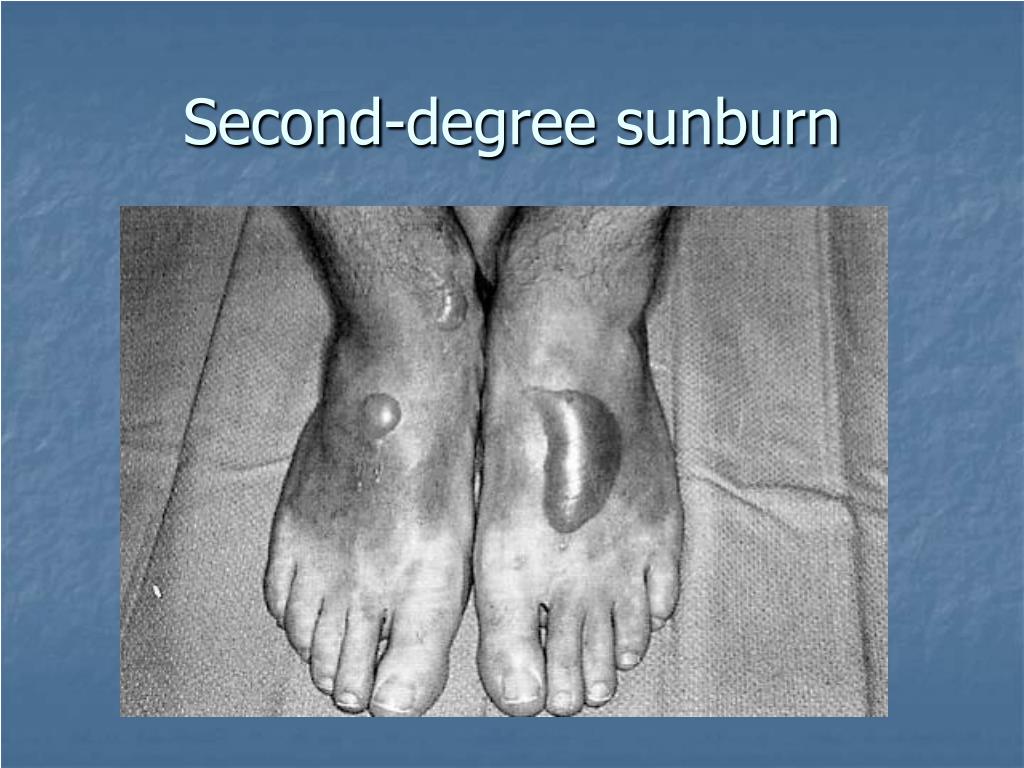
TREATING SECOND DEGREE SUNBURN SKIN
It is effective on burns and helps treat dehydration of ageing skin and problems characteristic of acne.Īloe is applied to healthy skin, feels juicier, more elastic and healthier, less tight and more vital.

What are the properties of aloe vera? Properties and benefits of this plant in topical useĪloe vera contains certain anti-inflammatory compounds, has beta-carotene, polysaccharides, vitamins A, E and C, enzymes and antioxidants, and may act as an antibacterial agent.

Specialised care is also needed when a minor burn shows signs of infection. Histological study showed early epithelialisation in the aloe vera gel-treated area.Īloe vera also works well on second-degree burns, as this thesis published at the National Biotechnology Centre and this report from the Thai Medical Association argues.Īnyone suffering from a more severe burn or when aloe vera does not work should consider seeking medical supervision. The mean healing time in the aloe gel area was 11.89 days, and 18.19 days for the petroleum jelly-treated wound. The study results reveal that the wound treated with aloe vera gel healed faster than the area covered with petroleum jelly.

Some patients covered the burns with aloe vera gel, while others only had a layer of petroleum jelly applied. Type of burns for which it worksĪ study on patients with partial-thickness burn wounds demonstrated the efficacy of treating them with aloe vera. Fortunately, aloe vera penetrates the outermost layer of the skin (epidermis) in fewer seconds than water. It is important to remember that it is essential that the skin does not become dehydrated or infected. It is important to pay attention to the area to see when a new application is needed. Its anti-inflammatory and cooling effect helps to reduce the pain of the injury. As it is a natural product, the skin absorbs it at the rate it needs. Application timeĪloe vera on burns does not need to be removed. The entire burned area should be covered by this protective film, which will also help to keep the area moisturised. Applying it to first and second-degree burns will help speed healing by reducing inflammation, promoting circulation and inhibiting bacterial growth.Īpply a thin layer to the affected area gently and without rubbing. PreparationĪloe vera can then be applied to the burns. The next step is to prepare the aloe vera for application.

It is important to ensure the compress is not too cold, as this could irritate the burn. Some of the pain and swelling of the burned area can be reduced by using a cold compress or cold cloth, which should be applied to the burn at 5-15 minute intervals. The first step for anyone suffering from a burn, especially in cases where it is not caused by the sun, is to run cold water over the area for 20 minutes. Aloe vera is a natural, traditional and effective solution for healing burns and soothing pain, not only when they occur as a result of unprotected sun exposure but also when they are caused by other agents. In any case, it is important to treat the burn to prevent infection, speed healing and reduce pain. Minor burns usually heal within a week or two and are unlikely to leave a scar. Larger burns and third and fourth-degree burns require immediate medical attention. However, it never hurts to consult a specialist and check for infection if you notice a worsening appearance or symptoms. First and second-degree burns can be treated at home if they are less than eight centimetres in diameter.


 0 kommentar(er)
0 kommentar(er)
